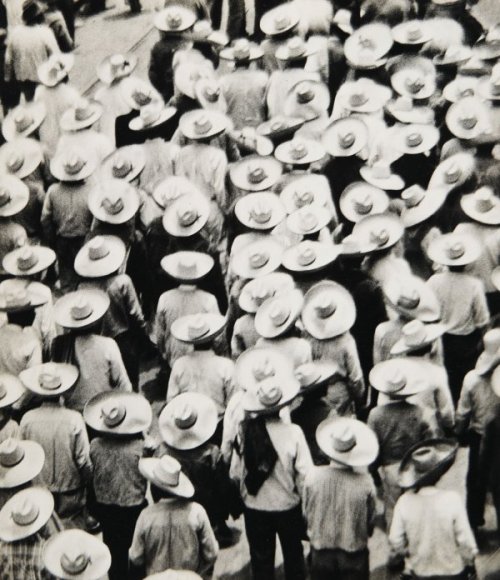As soon as
the gate opens people will be rushing in in droves. People with faces askew,
unwittingly disclosing their abhorrence of the hustle and bustle of urban life,
although, saying one head to another, “we seem to live like that for so long a
time we cannot recall the time we truly find peace.” The continuous din of
traffic, to the ears of the uncomplaining commuters, is a deafening silence. A
train hurtles by and this pervasive film of noise is suddenly impaired- it is
then broken into numerous particles, which glide the gloomy heaven about
gleefully. As noted by one head, identical to the previous one we just
encountered, “the sky today seems greyer.”
I’ve
wandered for hours about this lugubrious city, searching in vain a lonely and
hollowed-out soul like me onto whom I can unload my woes. Here is an old tavern
where a middle-aged individual secretly mixing his drink with his tears,
probably weeping for something incidental but irrevocable, or, as seen afar a very
modishly-dressed woman is walking resolutely away, an incurable dead love, a
doomed romance. Here the woman seems briskly nipping away from a demon that was
supposed to vanish years ago, but re-emerges now with the sole intention of retrieving
what it had lost. Here a spectral figure lurks around every turn of the corner,
stands stock-still at the end of every cul-de-sac. The ghost promises harm for
no one, but whoever encounters its lurid presence still runs off in shrieks. Let
the young make dramas or noises whenever they want, the aged are reticent and
withdrawn and wearying.
There is
the street, the shadow, the shambles, the shamefaced sinner who sheds a belated
tear of penitence, the pavement, the phantom, the poor that fret in their
respective squalor, the people that pay no heed to the growing desolation of
the city, the people that forget how to sing or whistle, the people that greet
other people with their collars up like wearing masks outside in, the people that
are ever-spinning and finding the habitual inertia of a flaneur repugnant.
But the
flaneurs are in the history now. As far as I know they all wandered into the
very end of their journey and decided, after loafing about for centuries with
no particular purpose, that they finally needed to take some respite- a
respite, ideally, always taken under the brilliance of sun, and prolongs to the
eternity. Out from the station rush the commuters all agog to head to their
solitary homes before they can catch a deep breath. The crowd flies past me,
who walks determinedly the opposite direction, like the air when, traveling
with a school of sweet melodies, tries to scrape pass a narrow O of a mouth. Someone
will stop, I am certain, and stare at me with that half-knowing flicker dancing
around two grey beads, before I succumb to the Holy Light.

Comments
Post a Comment